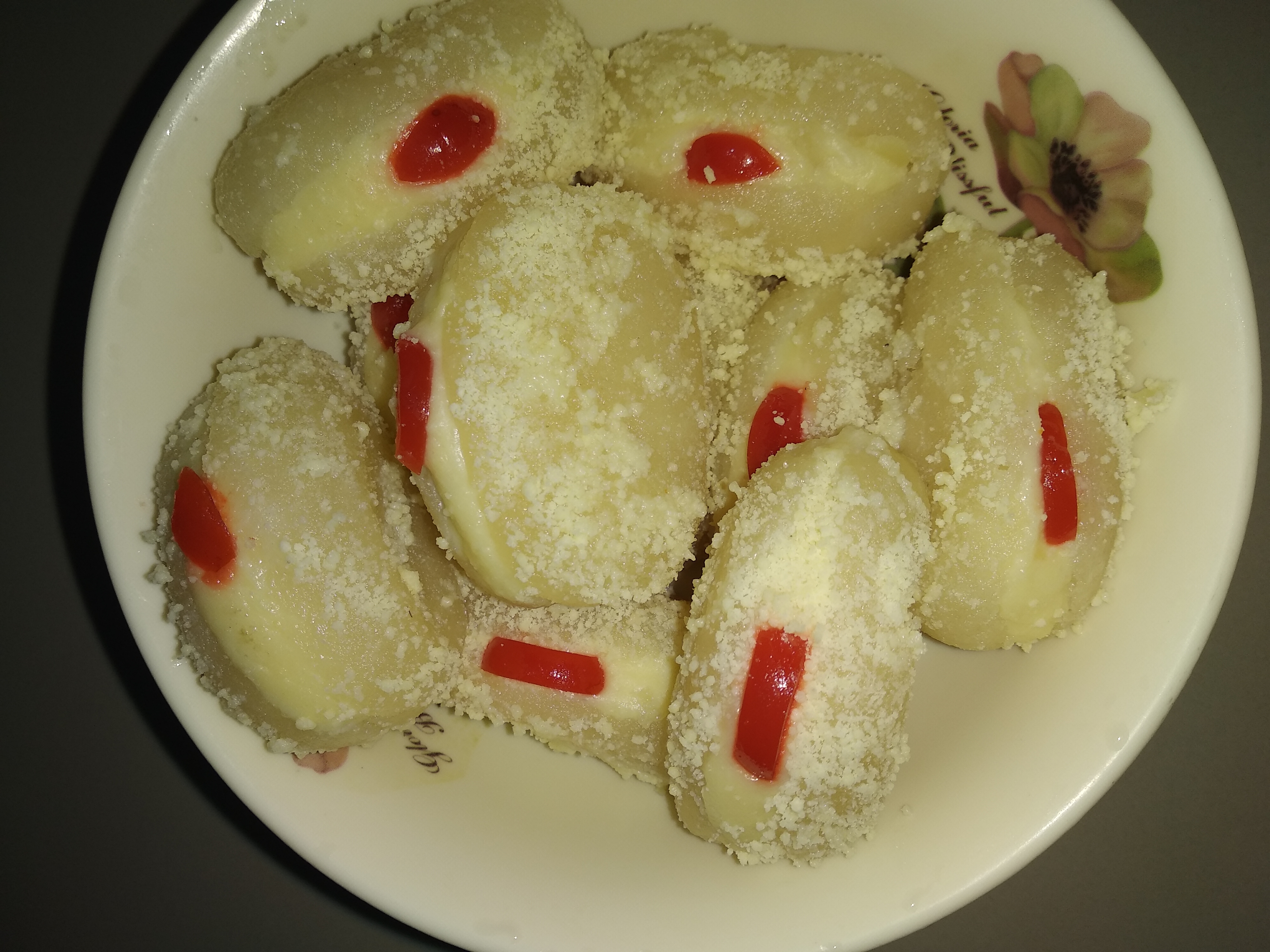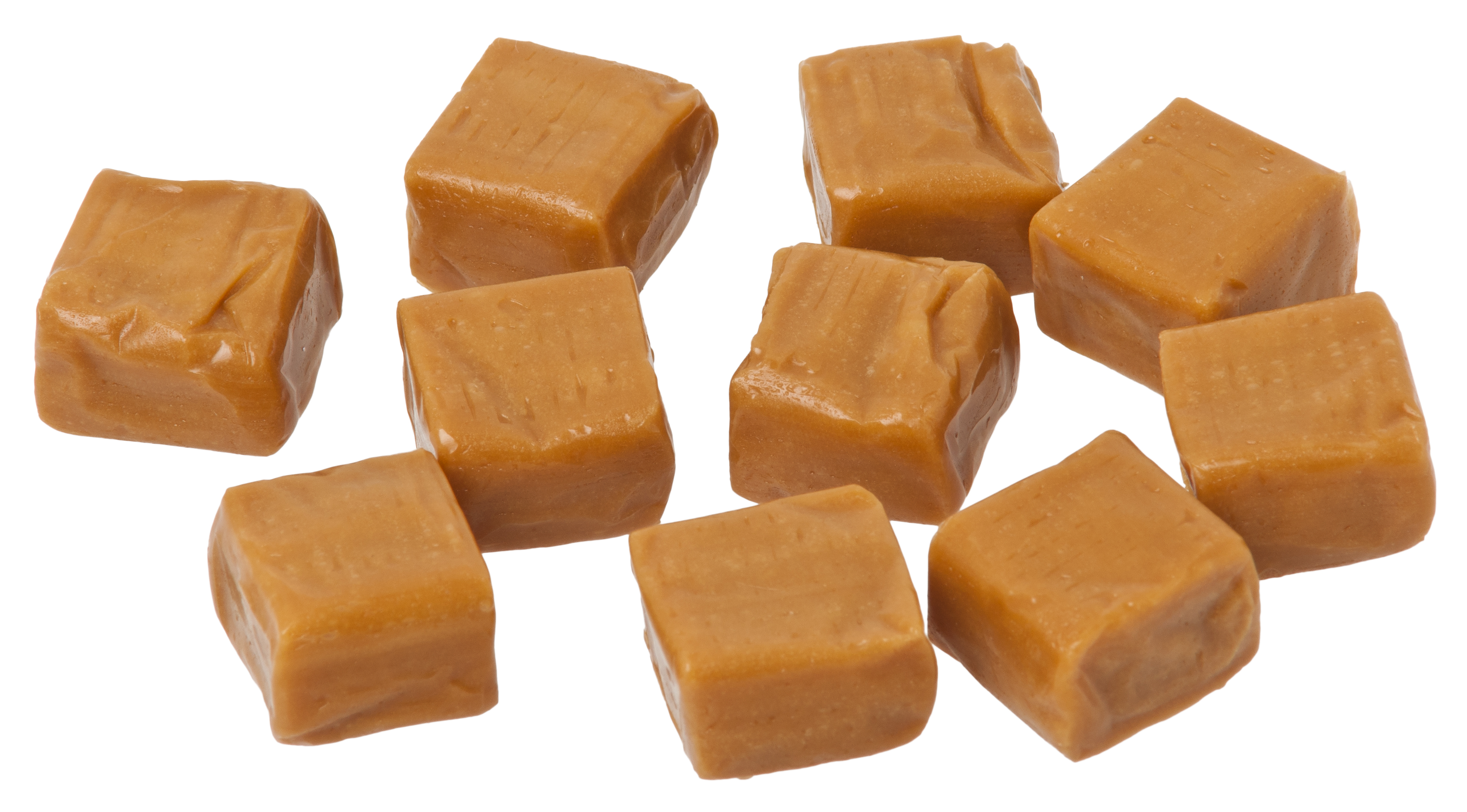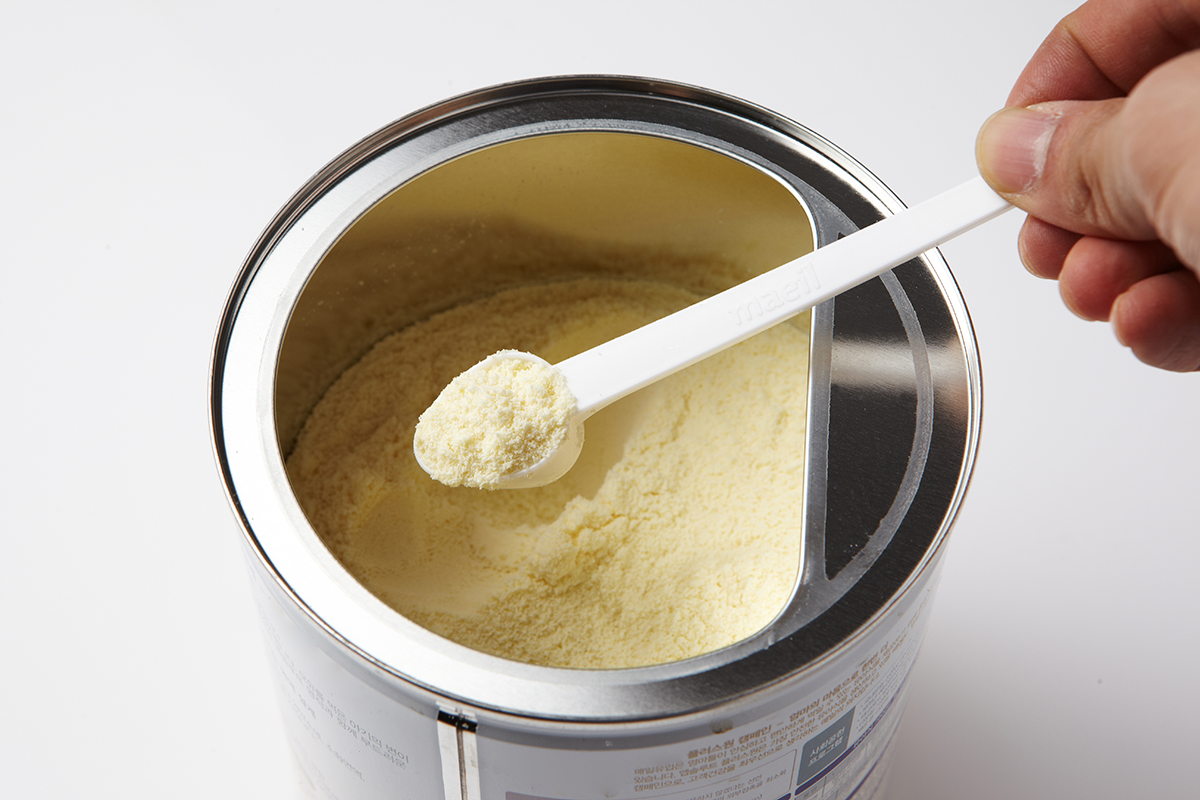|
Powdered Milk
Powdered milk, also called milk powder, dried milk, or dry milk, is a manufactured dairy product made by evaporating milk to dryness. One purpose of drying milk is to preserve it; milk powder has a far longer shelf life than liquid milk and does not need to be refrigerated, due to its low moisture content. Another purpose is to reduce its bulk for the economy of transportation. Powdered milk and dairy products include such items as dry whole milk, nonfat (skimmed) dry milk, dry buttermilk, dry whey products and dry dairy blends. Many exported dairy products conform to standards laid out in ''Codex Alimentarius''. Powdered milk is used for food as an additive, for health (nutrition), and also in biotechnology (saturating agent). History and manufacture While Marco Polo wrote of Mongolian Tatar troops in the time of Kublai Khan who carried sun-dried skimmed milk as "a kind of paste", the first modern production process for dried milk was invented by the Russian doctor Osi ... [...More Info...] [...Related Items...] OR: [Wikipedia] [Google] [Baidu] |
Skimmed Milk
Skimmed milk (British English), or skim milk (American English), is made when all the milkfat is removed from whole milk. It tends to contain around 0.1% to 0.3% fat. Background Historically, skimmed milk was used for fattening pigs, and was recommended as "not only the very best supplement for growing pigs, but is of almost equal value for fattening purposes" as it "furnishes a complete protein" and makes the feed "more palatable". Terminology In the United Kingdom, milk has been traditionally marketed and labelled as follows since being proposed by John Morris of the British Retail Consortium in 1998, which based the colours on Marks & Spencer cream packaging (blue for double cream, green for crème fraîche and red for single cream): * Whole milk (around 3–4% fat) – Plastic bottles marketed in blue packaging. * Semi-skimmed milk (around 1.8% fat) – Plastic bottles are marketed in green packaging. * Skimmed milk (around 0.1% fat) – Plastic bottles are marketed in r ... [...More Info...] [...Related Items...] OR: [Wikipedia] [Google] [Baidu] |
World Food Programme
The World Food Programme (WFP) is an international organization within the United Nations that provides food assistance worldwide. It is the world's largest humanitarian organization and the leading provider of school meals. Founded in 1961, WFP is headquartered in Rome and has offices in 87 countries. In 2023 it supported over 152 million people, and it is present in more than 120 countries and territories. In addition to emergency food relief, WFP offers technical and development assistance, such as building capacity for emergency preparedness and response, managing supply chains and logistics, promoting social safety programs, and strengthening resilience against climate change. It is also a major provider of direct cash assistance, and provides passenger services for humanitarian workers through its management of the United Nations Humanitarian Air Service (UNHAS). WFP is an executive member of the United Nations Sustainable Development Group, a consortium of UN enti ... [...More Info...] [...Related Items...] OR: [Wikipedia] [Google] [Baidu] |
Nut Butter
A nut butter is a spreadable foodstuff made by grinding nuts or seeds into a paste. The result has a high fat content and can be spread like dairy butter. True nut butters include: * Acorn * Hazelnut (see Hazelnut butter and Chocolate hazelnut spread) Other tree nut butters (from drupes): *Almond (see Almond butter and Almond paste) * Cashew (see Cashew butter) * Macadamia * Pecan * Pistachio * Walnut Similar spreads can also be made from seeds that are not considered nuts in a culinary sense: * Pumpkin seed * Sesame seed (called '' tahini'') * Sunflower seed (see Sunflower butter) Legume butters and spreads include: * Peanut (see Peanut butter) * Soybean, specifically soy nut (roasted soybeans) * Chickpea (combined with tahini into hummus) The almond, cashew, macadamia, peanut, pecan, pistachio and walnut are not true nuts in a botanical sense. However, because they are considered nuts in a culinary sense, their crushed spreads are called nut butters. Nut and see ... [...More Info...] [...Related Items...] OR: [Wikipedia] [Google] [Baidu] |
Cham Cham
Cham cham, Chomchom or chum chum () is a traditional Bengali sweet, popular throughout the Indian subcontinent. The sweet comes in a variety of colours, mainly light pink, light yellow, and white. It is made from chickpeas and coated with coconut or mawa flakes as a garnish. History Chomchom originated from Tangail District. Chamcham, an oval-shaped brownish variety of chomchom from Porabari in Tangail District of modern-day Bangladesh, dates back to the mid-19th century. The unique taste has been attributed to the water in Porabari. Jagadish Mishtanno Bhandar in Khustia District makes a version known as ''Maowar Chomchom.'' Chomchom is a popular item in Chaand Raat, Eids, Pohela Boishak, the Bengali new year, and Durga Puja. See also * Rasgulla Rasgulla (literally "syrup filled ball") is a syrupy dessert popular in the Eastern South Asia, eastern part of South Asia. It is made from ball-shaped dumplings of chhena dough, cooked in light sugar syrup. This is ... [...More Info...] [...Related Items...] OR: [Wikipedia] [Google] [Baidu] |
Gulab Jamun
Gulab jamun is a sweet confectionery or dessert, originating in the Indian subcontinent, and a type of mithai popular in India, Pakistan, Nepal, the Maldives and Bangladesh, as well as Myanmar. It is also common in nations with substantial populations of people with South Asian heritage, such as Mauritius, Fiji, Gulf states, the Malay Peninsula, United Kingdom, United States, Canada, South Africa, and the Caribbean (Jamaica, Trinidad and Tobago, Guyana, Suriname). It is made mainly from milk solids, traditionally from '' khoya'', which is milk reduced to the consistency of a soft dough. Modern recipes call for dried or powdered milk instead of ''khoya''. It is often garnished with dried nuts, such as almonds and cashews, to enhance flavour. Preparation In the Indian subcontinent, milk and cheese solids are prepared by heating milk over a low flame until the water content has evaporated and only the milk solids, known as ''khoya'', remain. The solids are kneaded with flour ( ... [...More Info...] [...Related Items...] OR: [Wikipedia] [Google] [Baidu] |
Caramel Candy
Caramel ( or ) is a range of food ingredients made by heating sugars to high temperatures. It is used as a flavoring in puddings and desserts, as a filling in bonbons or candy bars, as a topping for ice cream and custard, and as a colorant commonly used in drinks. The process of caramelization primarily consists of heating sugars slowly to around . As the sugar heats, the molecules break down and re-form into compounds with a characteristic colour and flavour. A variety of sweets, desserts, toppings, and confections are made with caramel, including tres leches cake, brittles, nougats, pralines, flan, crème brûlée, crème caramel, and caramel apples. Ice creams are sometimes flavored with or contain swirls of caramel. Etymology The English word comes from French ', borrowed from Spanish (18th century), itself possibly from Portuguese '. Most likely that comes from Late Latin ' 'sugar cane', a diminutive of 'reed, cane', itself from Greek . Less likely, it comes fro ... [...More Info...] [...Related Items...] OR: [Wikipedia] [Google] [Baidu] |
Infant Formula
Infant formula, also called baby formula, simply formula (American English), formula milk, baby milk, or infant milk (British English), is a manufactured food designed and marketed for feeding to babies and infants under 12 months of age, usually prepared for bottle-feeding or cup-feeding from powder (mixed with water) or liquid (with or without additional water). The U.S. Federal Food, Drug, and Cosmetic Act (FFDCA) defines infant formula as "a food which purports to be or is represented for special dietary use solely as a food for infants by reason of its simulation of human milk or its suitability as a complete or partial substitute for human milk". Manufacturers state that the composition of infant formula is designed to be roughly based on a human mother's milk at approximately one to three months postpartum; however, there are significant differences in the nutrient content of these products. The most commonly used infant formulas contain purified cow's milk whey and ... [...More Info...] [...Related Items...] OR: [Wikipedia] [Google] [Baidu] |
Milk Powder Incolac
Milk is a white liquid food produced by the mammary glands of lactating mammals. It is the primary source of nutrition for young mammals (including breastfed human infants) before they are able to digest solid food. Milk contains many nutrients, including calcium and protein, as well as lactose and saturated fat; the enzyme lactase is needed to break down lactose. Immune factors and immune-modulating components in milk contribute to milk immunity. The first milk, which is called colostrum, contains antibodies and immune-modulating components that strengthen the immune system against many diseases. As an agricultural product, milk is collected from farm animals, mostly cattle, on a dairy. It is used by humans as a drink and as the base ingredient for dairy products. The US CDC recommends that children over the age of 12 months (the minimum age to stop giving breast milk or formula) should have two servings of milk products a day, and more than six billion people worldwide ... [...More Info...] [...Related Items...] OR: [Wikipedia] [Google] [Baidu] |
Bulk Density
In materials science, bulk density, also called apparent density, is a material property defined as the mass of the many particles of the material divided by the bulk volume. Bulk volume is defined as the total volume the particles occupy, including particle's own volume, inter-particle void volume, and the particles' internal pore volume. Bulk density is useful for materials such as powders, granules, and other "divided" solids, especially used in reference to mineral components (soil, gravel), chemical substances, pharmaceutical ingredients, foodstuff, or any other masses of corpuscular or particulate matter ( particles). Bulk density is not the same as the ''particle density'', which is an intrinsic property of the solid and does not include the volume for voids between particles (see: density of non-compact materials). Bulk density is an extrinsic property of a material; it can change depending on how the material is handled. For example, a powder poured into a c ... [...More Info...] [...Related Items...] OR: [Wikipedia] [Google] [Baidu] |
Freeze Drying
Freeze drying, also known as lyophilization or cryodesiccation, is a low temperature dehydration process that involves freezing the product and lowering pressure, thereby removing the ice by sublimation. This is in contrast to dehydration by most conventional methods that evaporate water using heat. Because of the low temperature used in processing, the rehydrated product retains many of its original qualities. When solid objects like strawberries are freeze dried the original shape of the product is maintained. If the product to be dried is a liquid, as often seen in pharmaceutical applications, the properties of the final product are optimized by the combination of excipients (i.e., inactive ingredients). Primary applications of freeze drying include biological (e.g., bacteria and yeasts), biomedical (e.g., surgical transplants), food processing (e.g., coffee), and preservation. History The Inca were freeze drying potatoes into chuño since the 13th century. The process ... [...More Info...] [...Related Items...] OR: [Wikipedia] [Google] [Baidu] |
Caramelization
Caramelization (or caramelisation) is a process of browning of sugar used extensively in cooking for the resulting butter-like flavor and brown color. The brown colors are produced by three groups of polymers: (C24H36O18), (C36H50O25), and (C125H188O80). As the process occurs, volatile chemicals such as diacetyl (known for its intense butter-like taste) are released, producing the characteristic caramel flavor. Like the Maillard reaction, caramelization is a type of non-enzymatic browning. Unlike the Maillard reaction, caramelization is pyrolytic, as opposed to being a reaction with amino acids. When caramelization involves the disaccharide sucrose, it is broken down into the monosaccharides fructose and glucose. Process Caramelization is a complex, poorly understood process that produces hundreds of chemical products, and includes the following types of reactions: * equilibration of anomeric and ring forms * sucrose inversion to fructose and glucose * conden ... [...More Info...] [...Related Items...] OR: [Wikipedia] [Google] [Baidu] |







